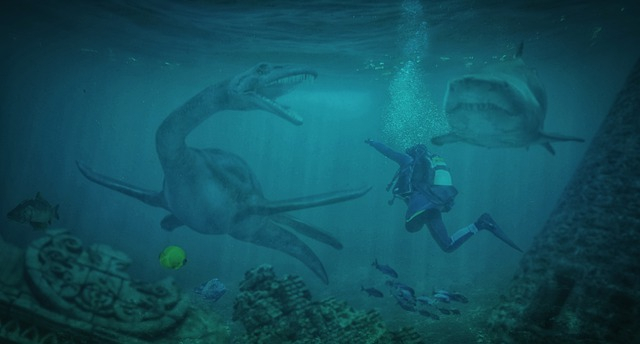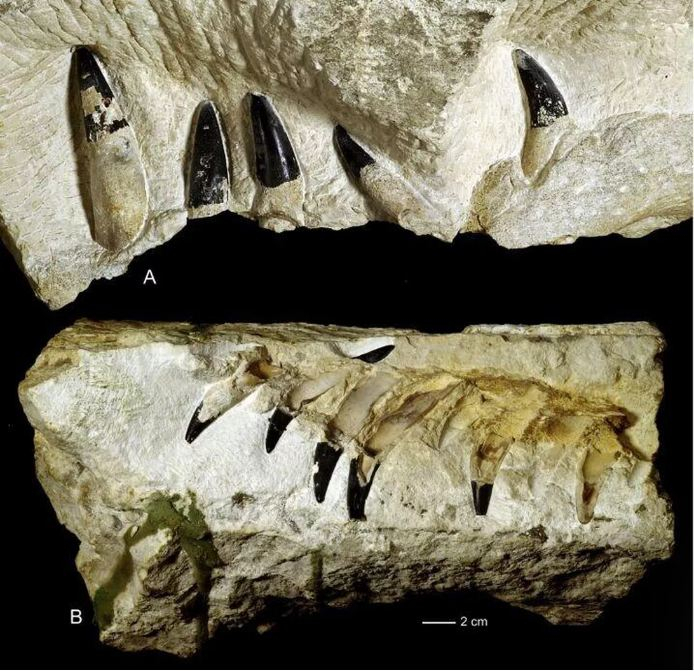
There are several bizarre ocean creatures which are hiding beyond the reach of humans. But thanks to technology, in recent years marine biologists and ocean experts have successfully unveiled some mysterious deep-sea creatures which were previously unknown. Recently, researchers from the Polish Academy of Sciences found a Jurassic era sea monster called pliosaur in southern Poland.
After they discovered this 150-million-year-old fossilized sea monster they described that the bizarre creature had a jaw up to about eight feet long which means over four times more powerful jaw structure than a Tyrannosaurus rex. They mentioned that the ancient sea monster could grow to be twice the size of a modern killer whale, with a weight of dozens of tones and was capable of eating almost every water animal.
It should be noted that the newly found fossil is 33-ft long. When the team found it, they noticed that it was surrounded by ancient crocodile teeth as well as turtle shells. As per the study, which was published in the Proceedings of the Geologists' Association, when discovered, the ancient fossil was situated in the probable tropical archipelago dotted with warm-water lagoons and reservoirs. The researchers involved in this study wrote that the locality, from where they made the finding, "is rich in fossils of coastal and pelagic reptiles."
Over the years, the researchers from all around the world have given details on several giant sea animals which dominated the ocean world thousands of years ago. This list includes names like Liopleurodon, which was believed to be 20-ft long, Basilosaurus, which could be 50 to 85-ft long and Kronosaurus, which is another short-necked pliosaur. There are other ancient gigantic sea animals that stunned the marine biologists and scientists, these are Mauisaurus, Dunkleosteus and Helicoprion.










